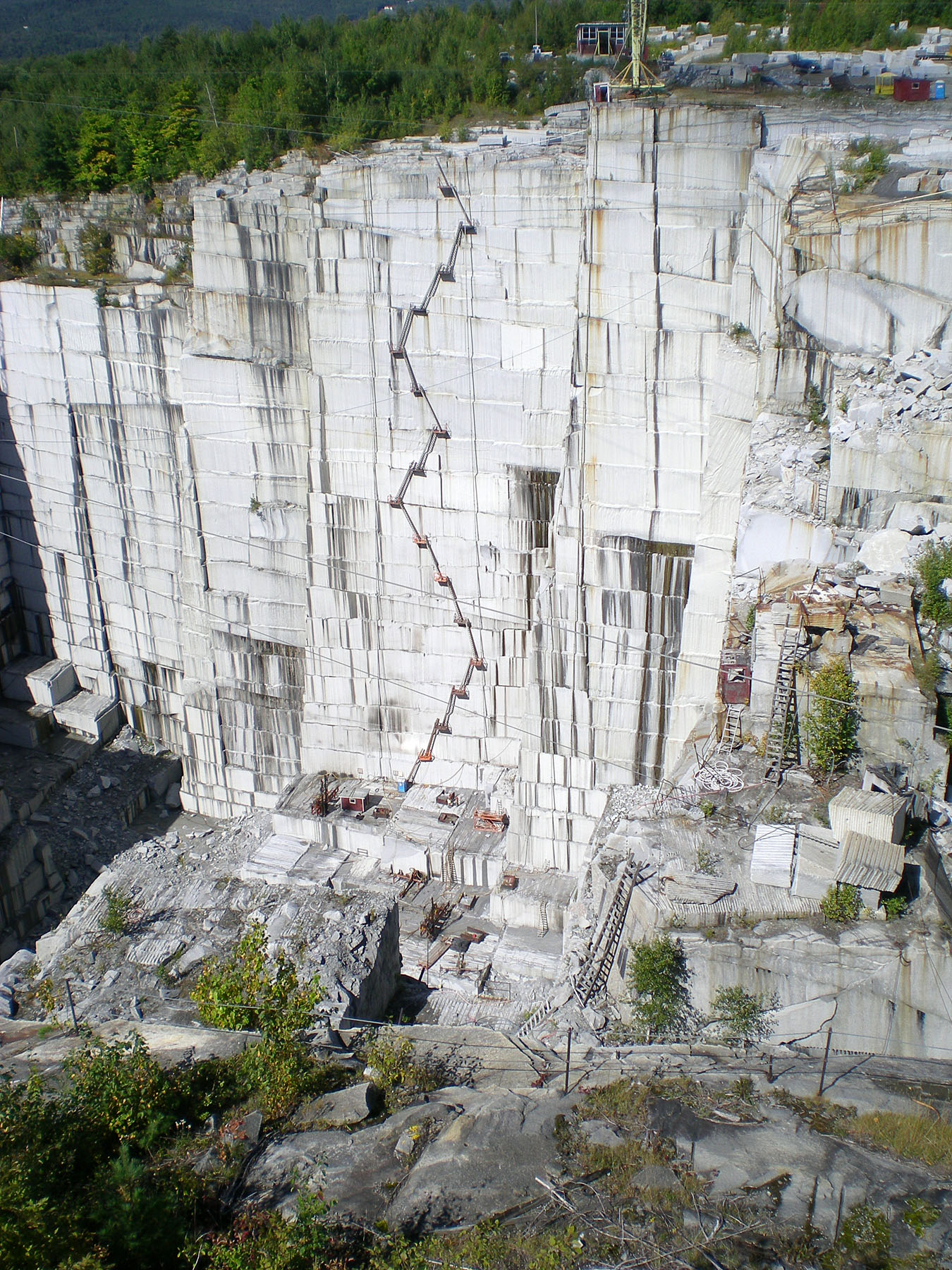Exploring Granite Quarries in South Africa: A Comprehensive Guide
Exploring Granite Quarries in South Africa: A Comprehensive Guide
Blog Article
Uncovering the Rich Background and Lasting Practices of Granite Quarrying
As we base on the precipice of discovering the detailed tapestry of granite quarrying, a journey with time exposes not just the physical act of removing rock but likewise the social and historical relevance woven right into the really fabric of this method. From the old origins that laid the foundation for modern quarrying methods to the lasting practices that are shaping the future of this sector, each carve mark on granite surface areas tells a tale waiting to be discovered (granite quarries in south africa). The legacy of granite quarrying stretches far past mere removal; it is a testament to human ingenuity, durability, and the long-lasting attraction of this majestic rock
Old Origins of Granite Quarrying
Dating back to ancient people, the method of quarrying granite has been an important part of human history and architectural innovation. The earliest proof of granite quarrying go back to old Egypt, where enormous pyramids and complex sculptures were crafted from this long lasting stone. The Egyptians made use of primitive tools to draw out granite blocks from quarries, showcasing the relevance of this product in their huge building and constructions.
Progressing in history, the Greeks also made considerable contributions to the quarrying of granite. The Greeks made use of granite in numerous architectural wonders, such as holy places and statuaries, showing their skill in shaping and carving this sturdy stone. The Romans further improved the strategies of quarrying granite, using innovative devices like knives and hammers to remove and shape granite for their legendary structures.
With the centuries, the method of quarrying granite has evolved, with modern-day innovations improving efficiency while keeping the timeless appeal of this all-natural rock - granite quarries in south africa. From ancient civilizations to contemporary builders, the heritage of granite quarrying continues to form our globe
Evolution of Quarrying Strategies
The evolution of quarrying methods has actually been noted by a continual development towards better effectiveness and accuracy in removing granite. Early quarrying techniques involved manual labor with fundamental devices such as chisels, hammers, and wedges to draw out granite blocks from the planet.
In even more current times, the advent of equipment changed the quarrying market, making it possible for much faster removal prices and enhanced productivity. Technologies such as ruby cord saws, high-pressure water jets, and pneumatic drills have actually become common in modern quarries, enabling accurate cutting and decreased waste. Advancements in computer-controlled equipment and 3D modeling have enhanced quarrying procedures, leading to minimal ecological impact and improved sustainability practices. As the need for granite continues to rise, the evolution of quarrying strategies remains indispensable to meeting sector needs successfully and sustainably.
Cultural Significance of Granite
Granite holds an extensive social relevance throughout various people because of its long-lasting existence in architectural work of arts and revered monoliths. From the stunning pyramids of Egypt to the intricate makings of the Angkor Wat temple in Cambodia, granite has actually been a product of choice for revealing magnificence and durability in social heritage. In ancient Rome, granite columns decorated temples and public buildings, signifying stamina and permanence. The cultural relevance of granite expands beyond its physical features; it personifies strength, security, and eternity, making it an icon of sustaining heritages and customs.

Lasting Practices in Quarrying
In the middle of web link the rich history of granite quarrying and its cultural importance lies an expanding emphasis on lasting methods within the sector. As environmental understanding and concerns concerning resource depletion have actually increased internationally, the quarrying industry has actually significantly welcomed sustainable approaches to minimize its influence on the setting and bordering areas.

Moreover, recovery and recovery of quarry sites post-extraction are important to lasting methods. By bring back quarried locations to an all-natural or helpful state, such as developing wild animals environments or entertainment spaces, quarriers can balance out the ecological footprint of their procedures and contribute favorably to the local community.
Tradition of Granite Quarrying
With best site a historical background soaked in workmanship and commercial development, what sustaining influence has granite quarrying left on the landscape of modern culture? The tradition of granite quarrying transcends simple extraction methods; it has formed architectural wonders, city landscapes, and social heritage worldwide. The long lasting nature of granite has made it a favored selection for monuments, structures, and facilities, standing as a testament to the ability and artistry of quarry employees throughout generations.
Additionally, the economic footprint of granite quarrying can not be overlooked. The industry proceeds to supply employment possibility and drive neighborhood economic situations in areas where granite extraction prevails. It has likewise spurred technological innovations in quarrying strategies and devices, causing much more effective and lasting practices.
In regards to sustainability, the heritage of granite quarrying includes initiatives to mitigate ecological effects through recovery jobs and accountable source management. By stabilizing financial rate of interests with ecological stewardship, the sector makes every effort to guarantee that future generations can remain to take advantage of this enduring natural source.
Final Thought

Report this page